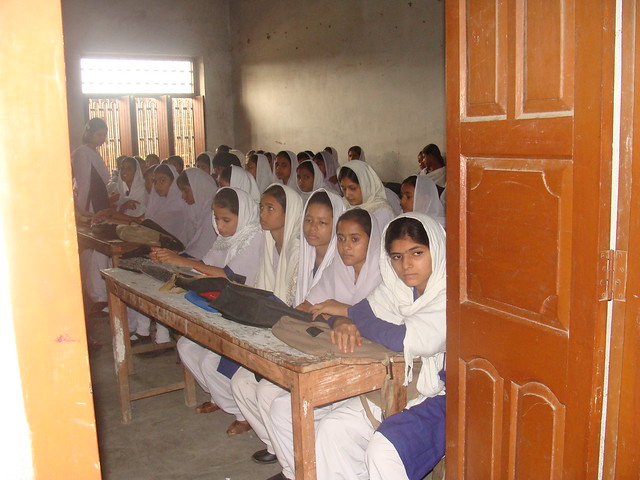Minority concentrated blocks are ‘recklessly ignored’ alleges some AMU alumni.
By TwoCircles.net Staff Reporter,
New Delhi: A group of former students of AMU have alleged that Bihar and Jharkhand, particularly the minority concentrated blocks have been ‘recklessly ignored’ while selecting Rashtriya Adarsh Vidyalaya or national model schools for development under PPP (public-private partnership) model.
The Department of School Education & Literacy in the Ministry of Human Resource Development, Government of India proposes to undertake development, operation and management of 2,500 ‘model schools’ through PPP model on design, build, finance, and operate (DBFO) basis. As a part of this project, it has decided to carry out the process for selection of private entities to which concessions for a school in each of the selected blocks may be awarded.

Such schools shall be located in villages/towns which are situated in any of the 3,203 non- educationally backward blocks selected by HRD Ministry. However, Parwez Mohammad, a Delhi based professional and an AMU alumni, who hails from Bihar alleges partiality and says that the criteria for selecting ‘backward blocks’ is arbitrary and “without any basis.”
He points out that Bihar has one of the lowest rates of literacy and hence more schools should have been chosen for the purpose. However, in this list of 3203 blocks identified for Rashtriya Adarsh Vidyalayas, Bihar has only 4 blocks identified and Jharkhand has 11 blocks identified.
Much developed state, with high literacy rates like Andhra Pradesh (390 blocks), West Bengal (276 blocks), Kerala (164 blocks), Gujarat (140 blocks), and Karnataka (107 blocks), have however, got large chunk of the share.
Parwez alleges that this government document too is badly written without reference, contact details, offices and version number, etc.
“Quality Schools are very scarce and have huge demand in Bihar and even places like Delhi schools more than 30% students are enrolled from Bihar. Because of unavailability of Quality schools in their home state, parents are forced to send their children in their tender age for quality schools in Delhi and rest of India,” Parwez added.
He alleged, “The HRD Ministry and their officials are recklessly ignoring the state of Bihar, Jharkhand and the minority concentrated population in particular as some kind of institutional bias exist amongst the policy makers against Bihar, who would want the state to remain as a labour colony for cheap supply of labours in other parts of India.”
There are 22 Blocks identified by the Ministry of Minority Affairs with more than 25% of minority populations but none of these blocks have been taken into considerations.
Parwez Mohammad, Mohammad Aslam and other senior alumni of AMU, who in the past too have been raising issues concerning the empowerment of minorities, have hence demanded an investigations into what he called as “institutional bias” and demanded actions against those officials who are “conspiring to recklessly ignore the most poor and backward population of India by preventing them from quality education.”